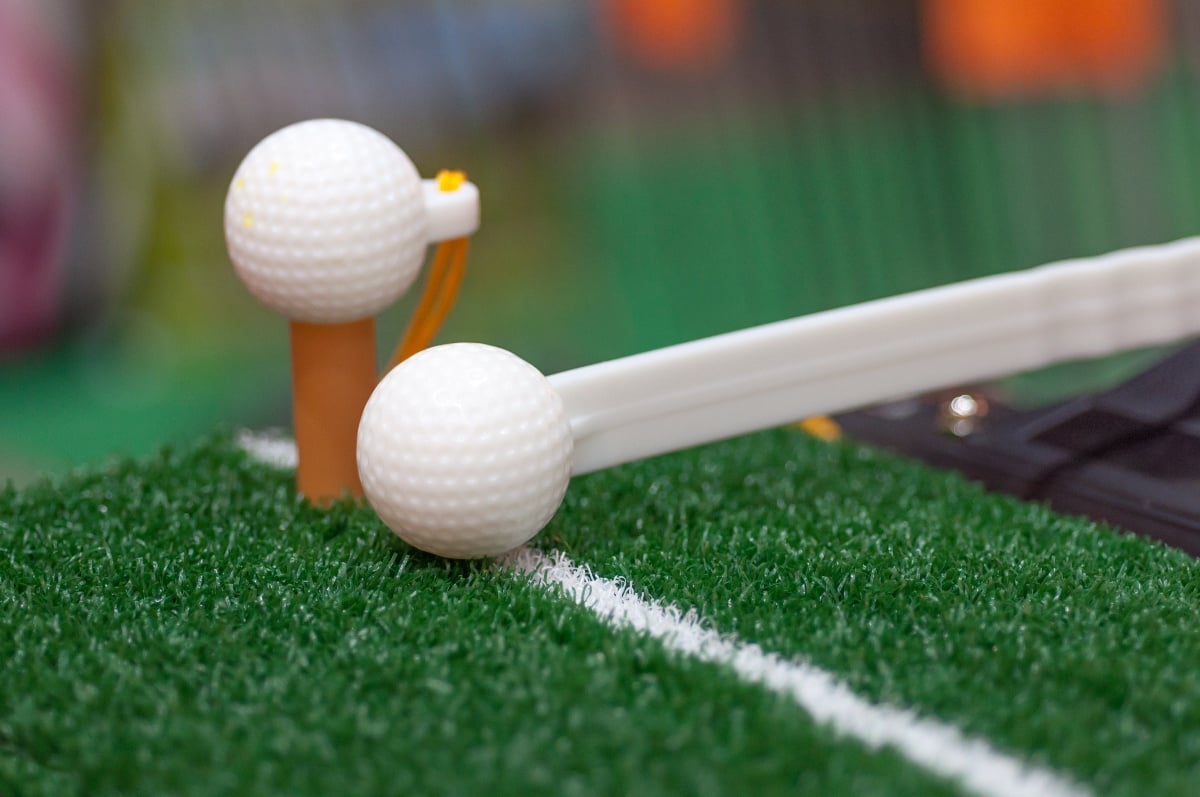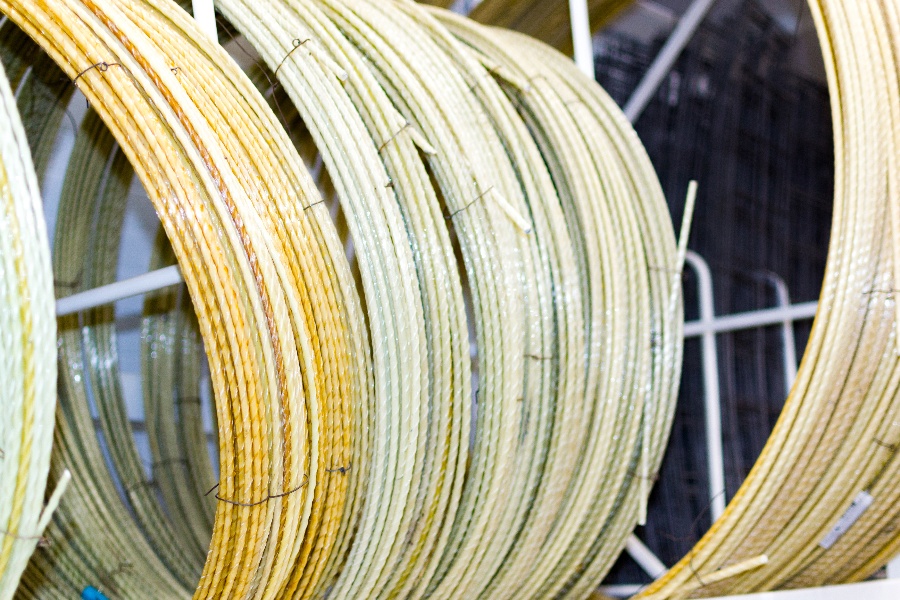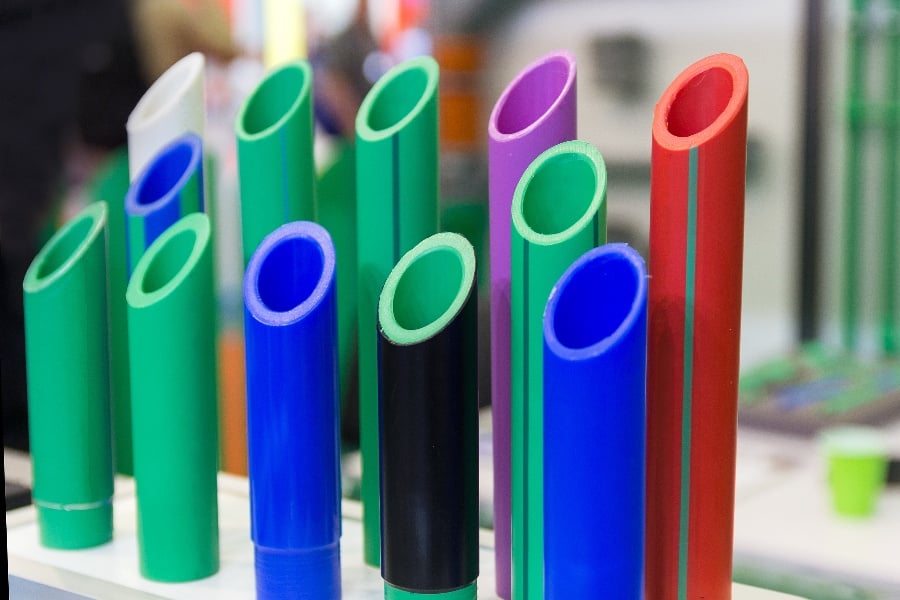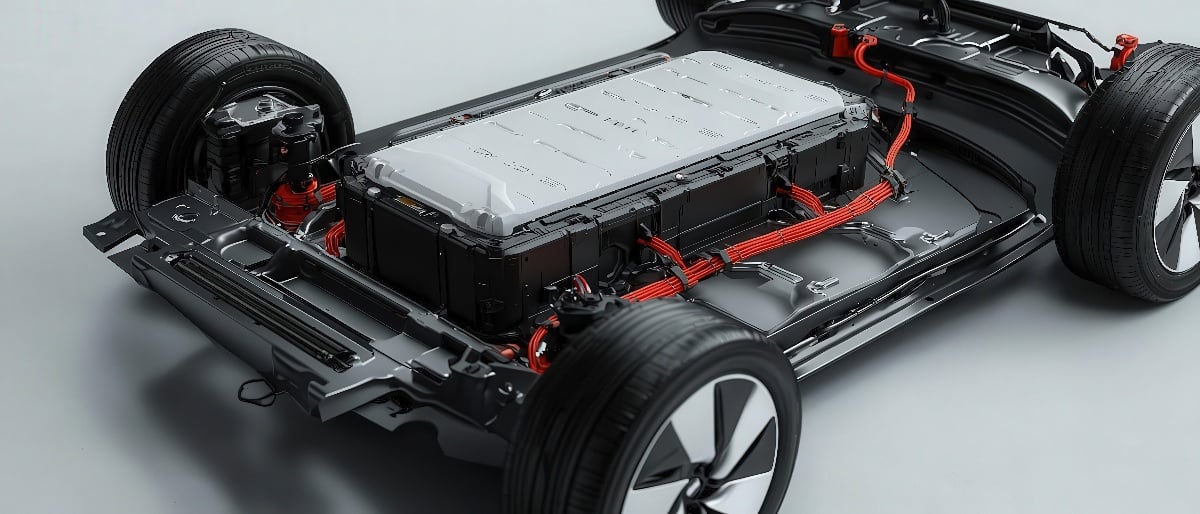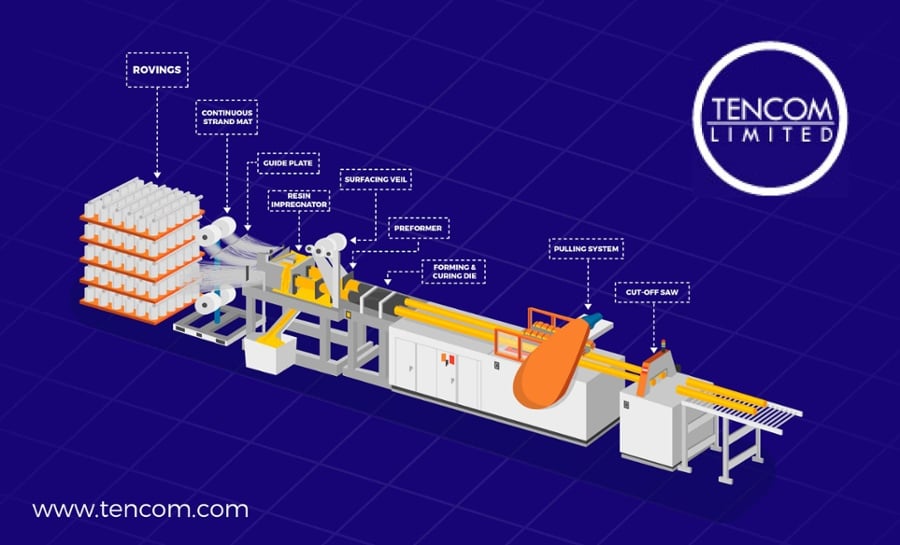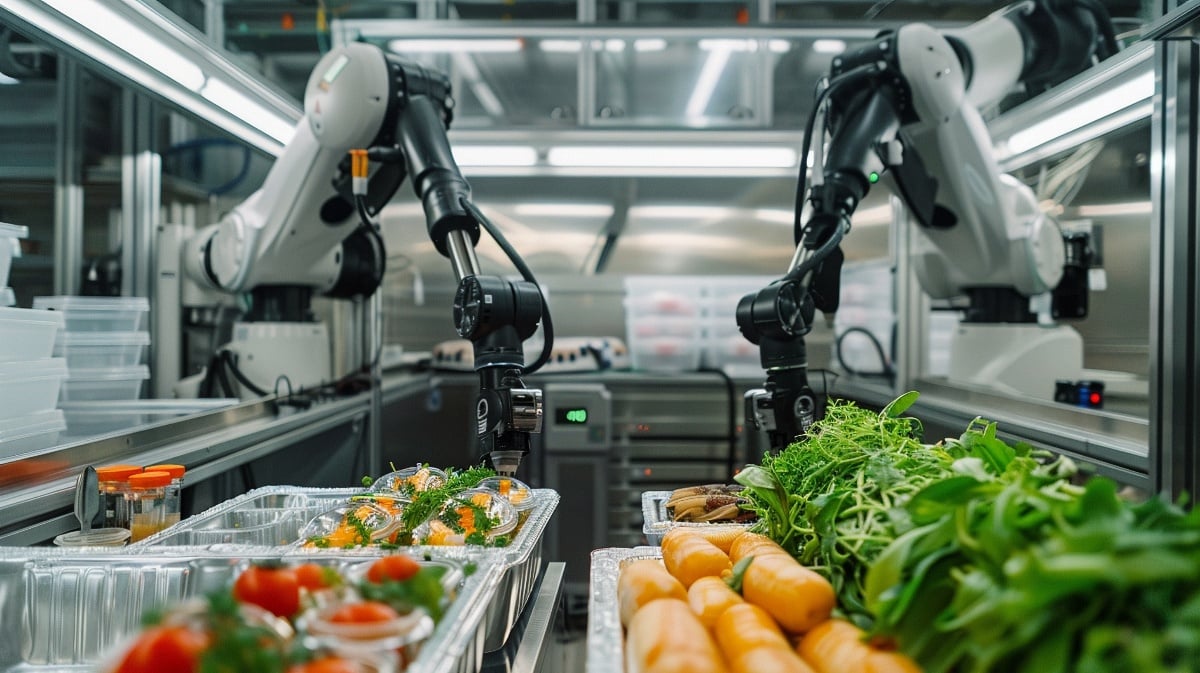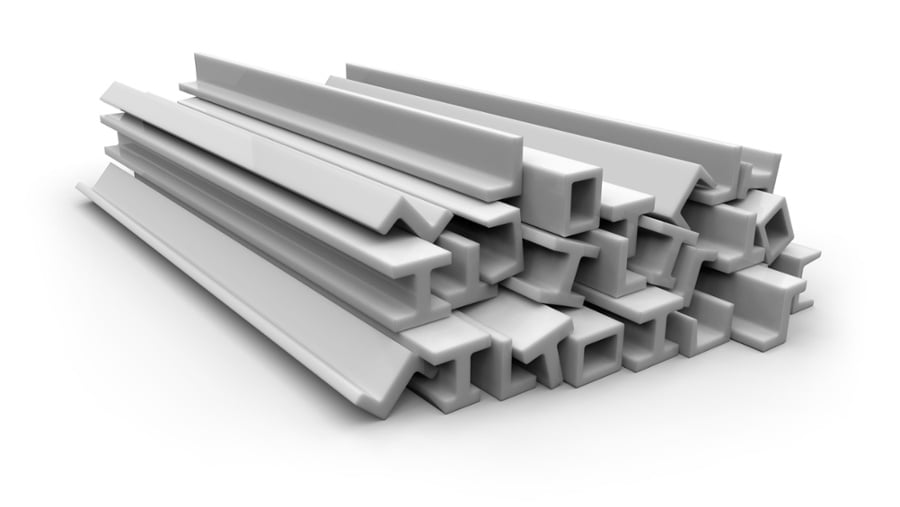
Fiber-reinforced polymer (FRP) composites are becoming increasingly popular across the board.
As a result, a growing number of applications in sectors such as infrastructure, utilities, telecommunications, auto, sports and recreation, aerospace, marine, etc. are finding that FRP composites are well suited for their needs.
A composite is a composition material, typically consisting of a thermoset or thermoplastic polymer, reinforced with glass, carbon, aramid fibers, or combinations of materials.
How are FRP composite products manufactured? There are many ways to create fiberglass products (pultrusion, filament winding, gun roving, etc.), though pultrusion is the most commonly used.
Pultrusion is a manufacturing technique that converts reinforced fibers and liquid resin into fiber-reinforced plastic via a pulling method, rather than a pushing method (extrusion). This resulting plastic composite is also known as a fiber-reinforced polymer.
There are two main types of pultrusion systems –reciprocating (hand over hand) and continuous (cat track). Rovings (long, narrow bundles) of fiber reinforcements (typically glass or carbon) are positioned carefully by creels for correct placement in the composite before being fed into a guide plate.
Pultrusion produces FRP profiles with a constant cross-section and is projected to be one of the most promising segments of the composites industry. If you’d like to learn more about the process of making FRP, download and read our guide here.
How do you decide on which FRP manufacturer to work with? This post will look at the most important factors to consider when you need to find a manufacturer for your project.
Standards & Certifications
When you are vetting a manufacturer, ask about their standards of quality management. Ensure that they are able to meet the specifications of your project. Ask that they submit the following:
- Manufacturer's qualification
- Product data
- Manufacturing plan and timetable
- Design calculations, usually signed by an engineer
- Shop drawings
- Samples
- Test reports
- Quality control
- Safety data sheets
Expertise and Experience
Look out for the expertise and experience of an FRP manufacturer. Find out:
- How long they have been in the fabrication business
- Years of experience of their engineers, especially the ones who will be working on your project
Check that the FRP manufacturer has a skilled team of individuals with experience in the industry. This will give you confidence that your project can be completed with top-notch results and that the end result will fully meet the needs of your specific application.
Tencom has a team of engineers, designers, quality supervisors, skilled technicians and project (lead) managers with many combined years of experience developing FRP profiles.
Our team understands target applications and makes recommendations to make sure each customer receives an ideal FRP profile for their specific application/s.
One of the biggest indicators of a quality FRP manufacturer is their experience level — the appropriate manufacturer will have the expertise and capabilities to fulfill the order correctly, on time and on budget. This saves both time and money and allows you to have peace of mind and confidence in the quality of the work that you're receiving.
Draw up a list of product and application requirements for your product. With this information, the manufacturer (supplier) can provide information on similar products they have supplied to other customers. The discussion and answers derived from this list can help you to make an informed decision.
Product Requirements:
- Are drawings available?
- What is the Annual Expected Usage?
- Why are they considering fiberglass, carbon fiber or aramid?
- Is it a new part?
- Do you have a specific resin system in mind: Polyester/ Polyurethane/Vinyl Ester/Epoxy?
- Are there part specifications, tolerances?
- Are there any ASTM, MIL, or UL specifications that the part must meet?
- What is the time frame for the project?
Application Requirements:
- What is the application?
- Will the part be painted, fastened, glued, or screwed to another surface or object?
- Will it require UV resistance from sunlight?
- Will it be exposed to chemicals (If so, which?)
- Will it be exposed to extreme temperatures? (High or Low)
- Does the part require abrasion resistance?
- Does the part require a high fatigue value?
- Does the part need to be fire resistant?
What are the other special needs required for this product, if any?
On-Site
Find out from an FRP manufacturer if they have a team available for situations should an expert in the field is needed. Most FRP profiles are prefabricated and ready for installation when the products are delivered. In a best-case scenario, an FRP manufacturer will send a technical representative to help with the installation and answer any project questions.
Generally, most pultruded profiles are sold as component parts to be assembled with other parts inside a factory. Most pultrusion manufacturers would be willing to send someone to that factory to evaluate and assist as and when needed. Although few parts are shipped to a (construction) job site for assembly or used as manufactured when it is done, the manufacturer would usually prefer to be involved but may charge a fee.
FRP Growth
The many advantages of FRPs are spurring their growth and increasing. It is undeniable that FRPs are changing the face of product manufacture and the industries they’re being applied in.
Currently, the global composites market size is pegged at $90.6 billion. By 2024, it’s expected to grow to $131.6 billion at a compound annual growth rate (CAGR) of 7.7%. The growth of composites is rapid but is not surprising if you understand the benefits of using FRPs.
FRPs are the perfect option for any project because of their flexibility, exceptional performance properties, sustainability, design flexibility, and cost-effectiveness,
The Takeaway
Pultruded fiberglass rods, tubing and shapes can help project managers realize a wide range of design possibilities.
As a company, Tencom has been producing quality pultruded fiberglass products for over 22 years. If you have a design concept or product in mind and would like to learn more about the potential of FRPs, we'd love to talk to you. If you are interested in using FRPs for your next project and would like to find out more, contact us to see how we can help.




